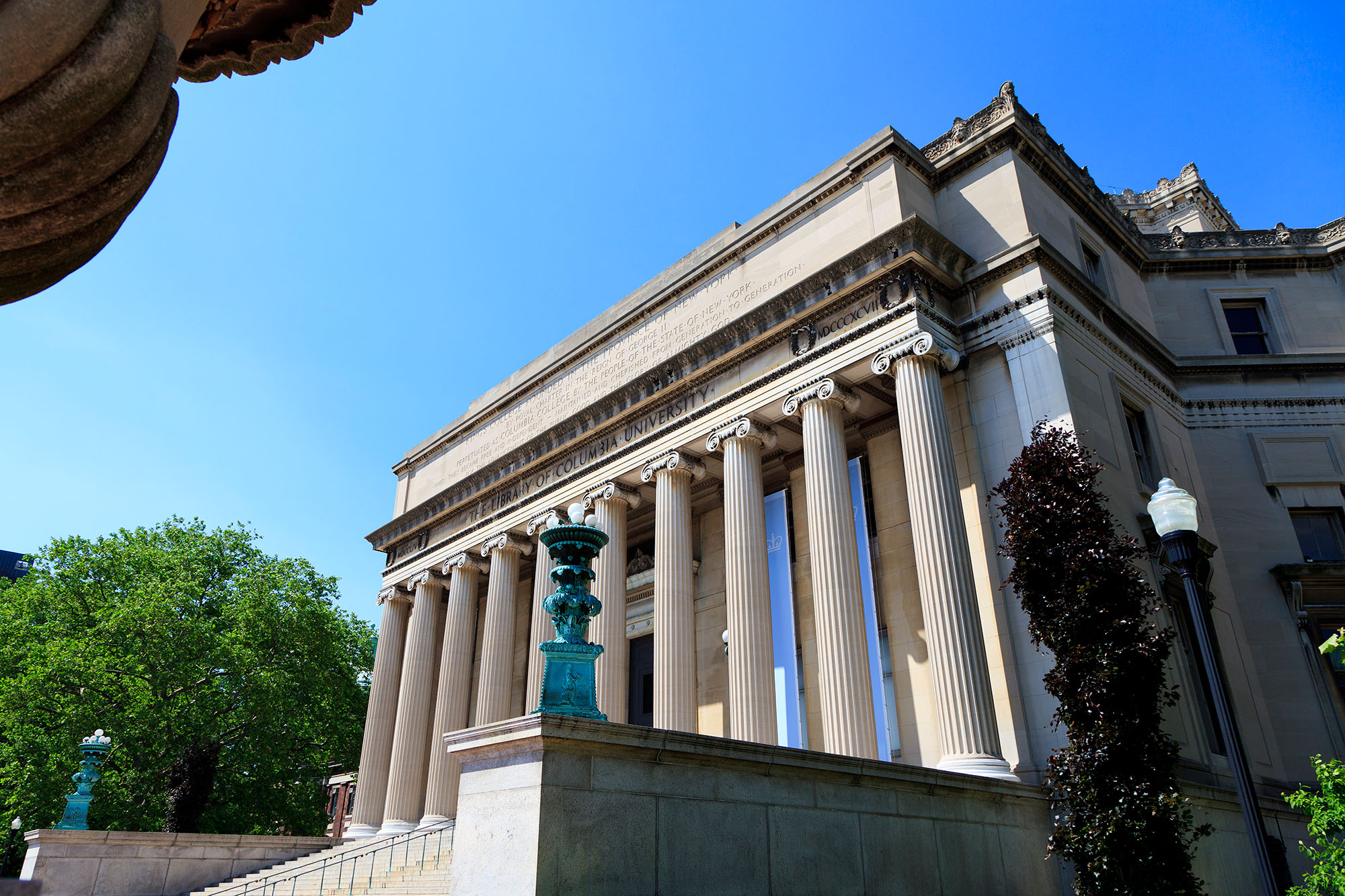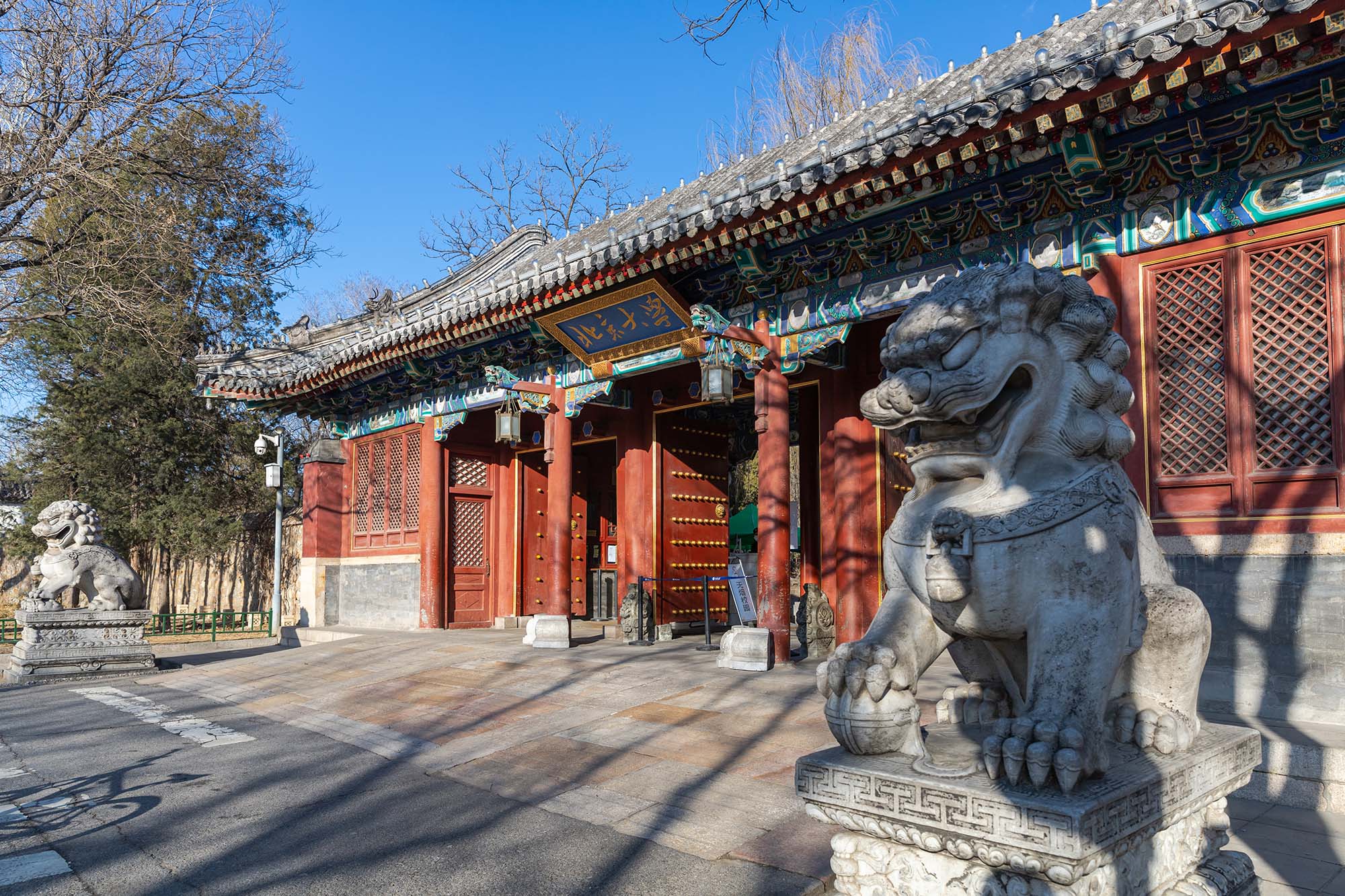In the QS World University Rankings 2026, it’s clear that, despite growing competition, the United States remains in the upper echelon of international higher education. The Massachusetts Institute of Technology’s 11-year reign at the top of the 1,501 ranked universities worldwide reflects the enduring strength of American higher education. The US now holds four of the world’s top 10 spots, matching the UK, and for the first time since 2023, occupies two of the top three positions, thanks to Stanford University’s return to third place.
No US university dropped out of the top 100, and the country has 192 ranked institutions - the most of any nation. Beyond the familiar names at the top, this year’s Rankings also highlight how US higher education continues to evolve and diversify, maintaining its leadership while adapting to a more competitive global landscape.

Upward Movement and National Breadth
The US had the most upward movement in the top 100, with 11 institutions moving up. Notably, Stanford University rose from sixth to third, with a strong performance in our International Faculty Ratio and Sustainability indicators. 26% of all ranked US institutions moved up by over five places, with the most notable climbers being Stanford University, the University of Chicago, and Yale University, while Boston University entered the top 100 and Ohio State University entered the top 200. Additionally, as a sign of ongoing development, five new US institutions debuted this year. These shifts show strength beyond the Ivy League – excellence goes across regions and institution types.
.jpg)
The Ivy League and the Power of Prestige
The Northeast - home of the Ivy League - remains a hub of educational prestige, with a remarkable concentration of top-ranked universities located within just a few hundred miles. The Ivy League institutions continue to define the United States’ reputation for academic excellence on the global stage.

However, the region’s influence extends beyond the Ivy League. High-performing non-Ivy institutions such as Boston University, Pennsylvania State University, and Carnegie Mellon University also play a vital role in shaping the Northeast’s rich academic landscape, driving innovation and global competitiveness.
.jpg)
As enduring symbols of longevity and global distinction, nearly all Ivy League universities feature prominently in the world’s top 100. According to the QS World University Rankings 2026, Harvard University holds fifth place. The University of Pennsylvania follows at number 15, Cornell University at 16, Yale University at 21, Princeton University at 25, Columbia University at 38, Brown University at 69, and Dartmouth College at 247.
While Harvard University continues to retain its position as number one globally for Academic Reputation, Yale University, Princeton University, and the University of Pennsylvania have improved their Academic Reputation scores. In contrast, Columbia University and Cornell University have seen slight declines, with Brown University and Dartmouth University experiencing more significant drops.
Still, the tradition of excellence that defines the Ivy League endures, continuing to shape the global perception of US higher education and reinforcing the Northeast’s status as an enduring center of academic prestige.
Trends Across Indicators – Where the US Excels
Beyond the headline results, the QS World University Rankings 2026 highlight the breadth and balance of US performance across all indicators. American universities continue to demonstrate excellence in research, teaching quality, employability, and global engagement, while also showing a growing commitment to sustainability and social responsibility. Together, these results reflect a higher education system that is diverse, globally connected, and continually evolving to meet new challenges and opportunities.
Research and Experience
Harvard University, the California Institute of Technology, Princeton University, and the Massachusetts Institute of Technology each achieved perfect scores of 100 in Citations per Faculty, signaling both a high volume of research output and a significant global influence.
In the Academic Reputation indicator, seven US universities earned perfect scores - reflecting steady confidence in the academic reputation of American institutions.
Learning Experience
Eleven US institutions achieved perfect scores for Faculty-Student Ratio, demonstrating their commitment to strong teaching and learning environments. The top five are the University of Maryland, Baltimore; University of Colorado, Denver; California Institute of Technology; Wake Forest University; and Duke University.
Students at these universities benefit from highly personalized academic experiences, supported by accessible faculty and smaller class sizes. Strong faculty-student ratios highlight not only a focus on the quality of the student experience, but also the capacity to deliver excellence at scale. Overall, US institutions combine size and research intensity with a deep commitment to teaching quality and student engagement - a balance that many other higher education systems strive to achieve.

Employability
Six US universities achieved a perfect score of 100 in the Employer Reputation indicator. In the Employment Outcomes metric, Harvard University, Stanford University, the University of Pennsylvania, the Massachusetts Institute of Technology, and Columbia University all secured maximum scores, highlighting their consistent strength in graduate employability.
Top US institutions are also climbing significantly in the Employer Reputation rankings, demonstrating how their graduates continue to be among the most sought-after worldwide. US degrees remain some of the most valued credentials in the global job market, reinforcing the nation’s higher education brand - a degree that continues to open doors and deliver opportunity across the world.
.jpg)
Global Engagement
In the International Student Ratio indicator, the Illinois Institute of Technology and New York University achieved near-perfect scores, revealing that the US remains a leading destination for global talent. Both institutions also lead in International Student Diversity, reflecting a strong commitment to inclusivity and global engagement.
Harvard University earned the top score for International Research Network, showcasing the depth of its global partnerships and cross-border collaboration. Meanwhile, Massachusetts Institute of Technology and California Institute of Technology achieved 100/100 in the International Faculty Ratio indicator, further demonstrating that the US continues to attract world-class academic talent.
However, policy - or more specifically, political rhetoric - is beginning to have an impact, as discussed further in "A perfect storm?". The US, alongside the UK, Canada, and to a lesser extent Australia, has seen decreases in International Student Ratios. While it is unlikely that recent policy changes directly influenced this year’s results - given the timing of surveys and analysis - the shift appears to be reputation and perception driven. Around the time of the US election, QS research found that international students were less likely to consider the US as a study destination if the Republican Party won - which it did.
Sustainability
The chart below shows how US universities are performing across the sustainability indicators this year, reflecting continued institutional commitment to environmental responsibility and sustainable development. The University of California, Berkeley leads nationally, ranking 11th worldwide alongside ETH Zurich. Stanford University and New York University follow in second and third place in the US, underscoring a strong competitive drive among American institutions to advance sustainability initiatives.
.jpg)
However, despite these positive strides, US universities have seen a decline in their median rank across sustainability indicators, particularly in Equality, Knowledge Exchange, and Good Governance. This suggests that while environmental sustainability is being maintained, social equity, collaboration, and governance structures remain areas for continued growth. This shift also reflects growing sustainability momentum among global institutions, signaling that US universities now face stronger competition - and a renewed opportunity to lead by example as the global higher education landscape becomes more sustainability-driven.
.jpg)
Leadership Amid Intensifying Competition
The US continues to lead global higher education, yet faces intensifying competition from emerging academic powerhouses such as China, South Korea, the United Arab Emirates, and Germany. Notably, Peking University has risen to 14th worldwide, while the Technical University of Munich now ranks 22nd, both making significant gains this year. China now joins the US, UK, Singapore, and Australia as one of the few nations with more than two universities in the global top 20.

Sustaining Global Excellence
Amid continued competition and discussion, US universities remain the global benchmark for excellence in education and research. Though facing headwinds, their continued focus on innovation, partnerships, and investment will sustain their global leadership.









.jpeg)









